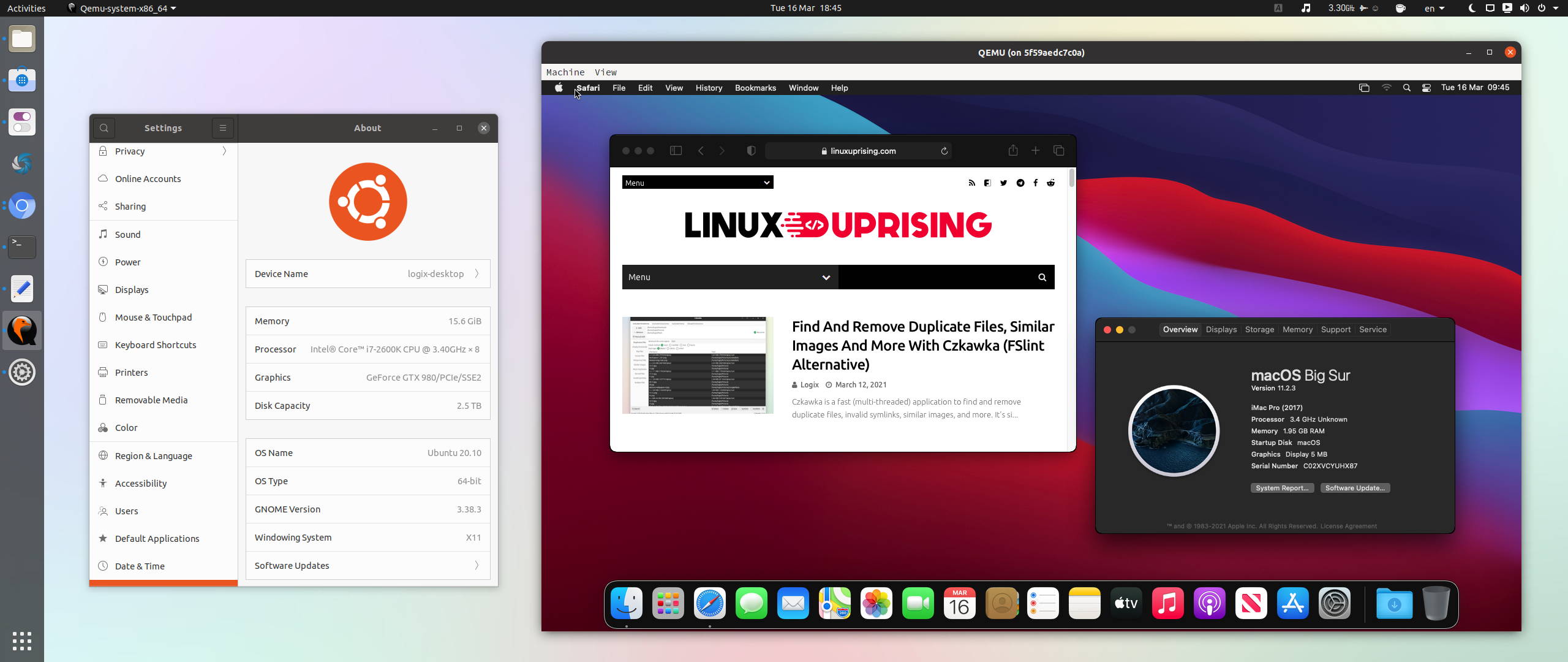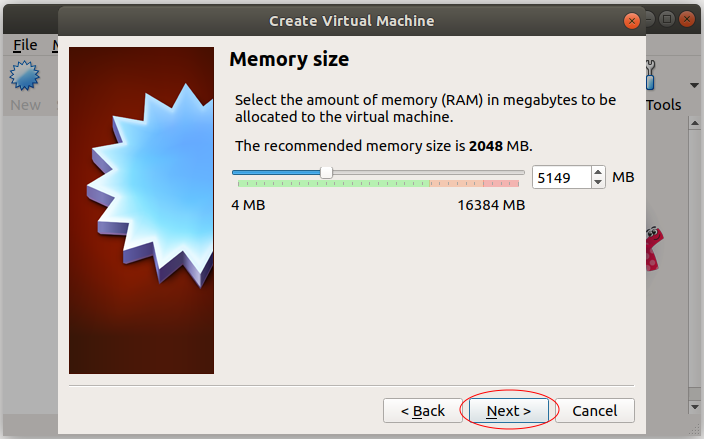

- #CREATE MAC VM MAC OS X#
- #CREATE MAC VM MAC OS#
- #CREATE MAC VM INSTALL#
- #CREATE MAC VM UPDATE#
- #CREATE MAC VM SOFTWARE#
#CREATE MAC VM INSTALL#
In the new window choose: Install OS X from the recovery partition
#CREATE MAC VM MAC OS#
pkg simply causes the Mac to create a dedicated Install app for the downloaded version of Mac OS (mine is called 'Install OS X Yosemite') in the Applications folder. Open VMware Fusion and create a new machine ( cmd N). I was afraid it was going to mess with my main Macs OS install (after all, it says its going to install Yosemite), but running the.

To install Sierra in a VM on your host (with Sierra installed) you can also use the recovery partition of your Mac:

If the Sierra installer is still available in your account, download it and either create a dmg/iso or use the app itself as installer source (> Create a custom virtual machine). On most Apple App Store accounts the Sierra installer seems to have vanished after High Sierra was published even if Sierra was "purchased" in the past, so you have to log-in and check your purchase list.
#CREATE MAC VM UPDATE#
I was using the 15.0 VMware version and the mac operating system that was offered went only up to 10.14 now I found a more update version of VMware 15.5 and it offers the Catalina version as. But add another hard disk as well with selecting to use an existing virtual disk. To install macOS 10.12 in a VM on your host you either have to use an existing macOS 10.12 installer app on your Mac or a share, download the macOS 10.12 installer app from the Apple App Store which requires the app to be listed in your purchase list or install it using the recovery partition. Run Vmware and create a new virtual machine by choosing macOS guest. Have more questions? Submit a help ticket in your MacStadium portal.A macOS 10.12.(x) iso doesn't exist. Ensure that Connect is selected.Ĭheck to see that your summary looks correct, and then Finish.įinally, you will see your newly created VM listed under the Node on which it is running, like so:Ībove, we looked at the process of creating your first Mac VM running on VMware at MacStadium via the vCenter UI.
#CREATE MAC VM MAC OS X#
Select the default presented for Compatibility and then Next.įor Guest OS Family select Other and Guest OS Version Apple Mac OS X 12.15 (64-bit). Select the datastore for your VM’s files (generally you will only have one of these). Otherwise, VMware will select a host for you. If you don’t have DRS Mode enabled, you will be prompted to select a specific host to deploy your Mac VM to. In Select a compute resource, click Next.

Then, select Create a new virtual machine and then select Next.Ĭhoose a name for the VM, for example, “macOS-10.15” and then select Next.
#CREATE MAC VM SOFTWARE#
Like Parallels, Fusion lets you create a virtual machine through software that can run separately from your macOS installation. Create a Single Mac VM in VMwareįirst, in the vCenter Navigator, right-click on the Cluster and select New Virtual Machine. Created by Dell Computers VMWare, the latest version of Fusion (11.5), has been designed to take advantage of macOS Catalina tools, including Sidecar and Dark Mode. As you grow, you will be able to manage multiple networks or groups of hosts within this same interface. The MacStadium private cloud options you selected at signup will determine the number of physical hosts you see in your vSphere cluster. vCenter UIįirst, you’ll want to sign in to your vCenter instance hosted by MacStadium. Today, we’ll walk through the process of creating your first Mac VM running on VMware at MacStadium via the vCenter user interface. We offer the latest stable version of the VMware ESXi hypervisor on dedicated hardware, so extending your on-premises VMware setup to the cloud is secure and won’t require you to remake the wheel in the process. MacStadium offers virtualization of macOS, Windows, and Linux on genuine Apple hardware by pairing it with VMware.


 0 kommentar(er)
0 kommentar(er)
